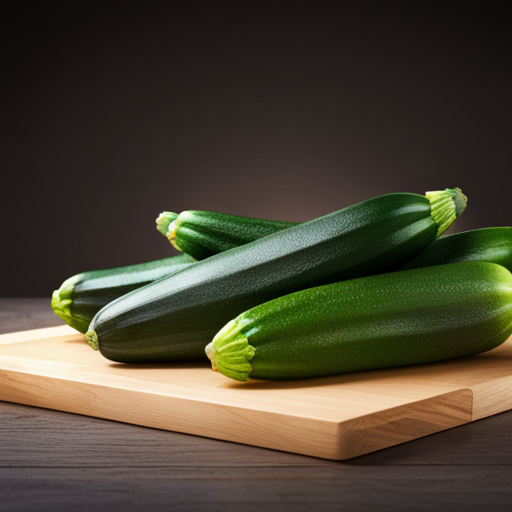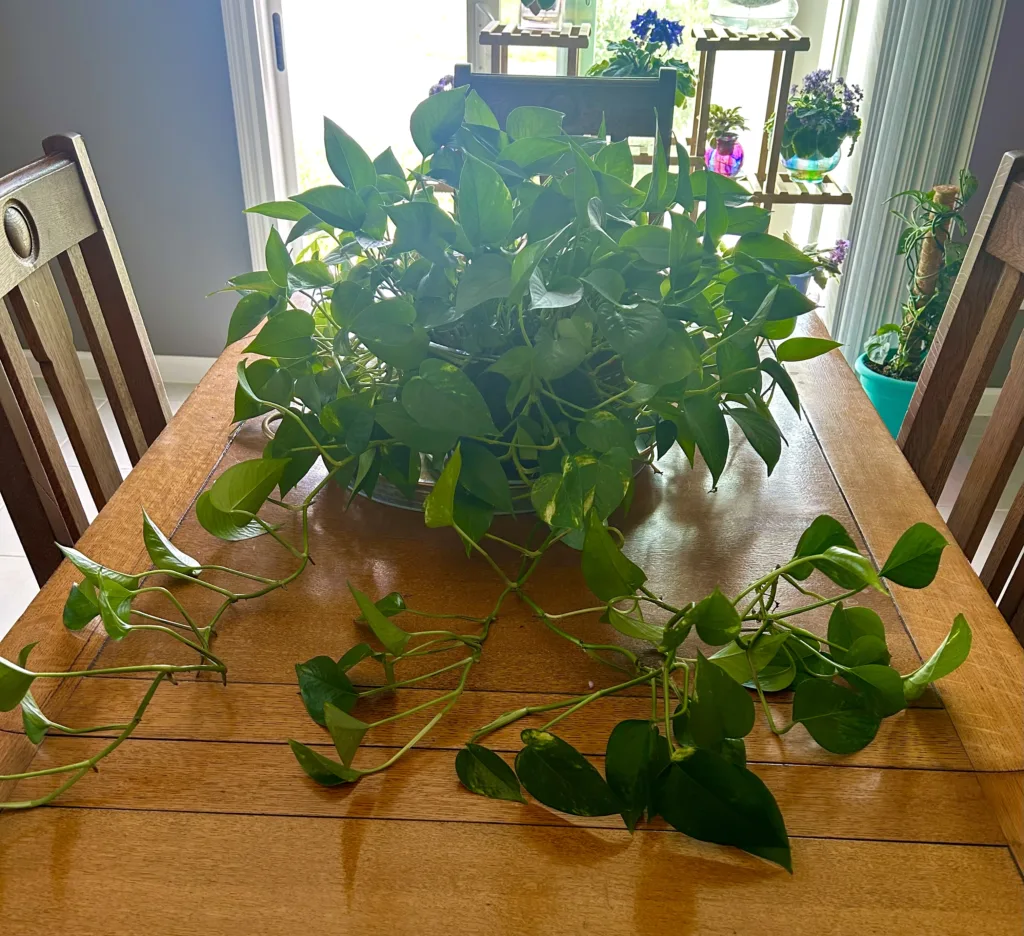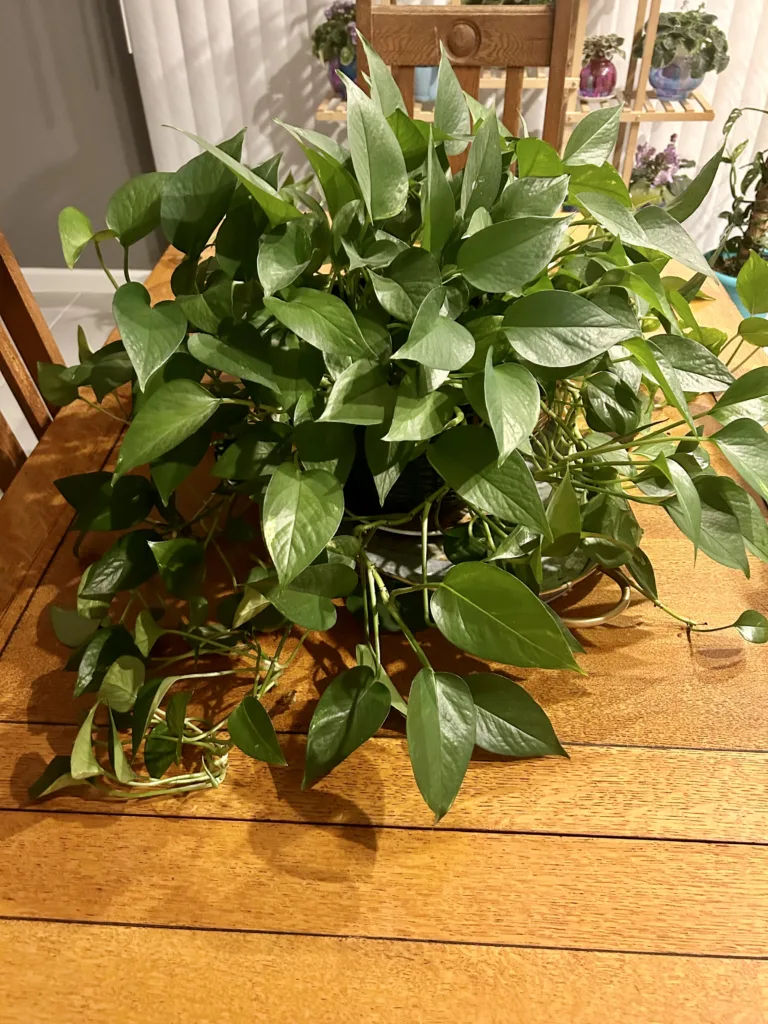
For many urban and compact gardeners, sprawling zucchini plants can be a sprawling, space consuming plant. The good news is, with a little creativity and vertical gardening, you can enjoy a bountiful zucchini harvest without sacrificing your limited space. In this post, we’ll explain how do you grow zucchini vertically. From the best soil to ideal supports and everything in between.
Best Types of Zucchini for Vertical Growing
When choosing zucchini varieties for vertical growing, consider selecting types that are known for their vining habit, as opposed to bush varieties which tend to spread out. Vining zucchinis will climb naturally when given appropriate support. Some of the best varieties for vertical growth include ‘Black Beauty‘, ‘Tromboncino‘, and ‘Climbing Italian‘. These cultivars not only adapt well to vertical training but also make efficient use of space and can yield a large crop in a small area.
Preparing the Soil for Vertical Zucchini Planting
Whether you’re planting zucchini in the ground or in containers, preparing the soil is a critical step. The ideal soil for zucchini is well-draining, rich in organic matter, and holds moisture without becoming waterlogged. Before planting, mix in plenty of compost or aged manure to enrich the soil with nutrients. If you’re using containers, opt for a high-quality potting mix specifically designed for vegetables. Make sure your containers have sufficient drainage holes to prevent excess water from accumulating. By creating a fertile and well-draining foundation, your vertically grown zucchini will have the perfect environment to thrive in.
Choosing the Best Supports for Vertical Zucchini
When selecting a support system for your vertical zucchini plants, durability and strength are key. Traditional options include sturdy trellises, cages, or even a simple setup of stakes and garden netting.
Trellises: Choose a trellis that is at least five to six feet tall to accommodate the full growth of the zucchini plant. Install the trellis by securing it deeply in the soil or with a base that can be weighted in a container setup.
Cages: Tomato cages can also be effective for zucchini. Place the cage around the plant at the time of planting, ensuring it’s snug in the soil or container.
Stakes & Netting: Drive long, sturdy stakes into the ground or in the pot at each corner of the plant. Stretch garden netting between the stakes. The squares should be large enough to allow zucchini to pass through as they grow but small enough to provide support.
No matter which support you choose, make sure it’s in place at planting time to avoid damaging the roots later on. As your zucchini plant grows, gently guide the vines onto the support and secure them loosely with ties if needed. This proactive approach encourages upward growth and ensures your zucchini has the support it needs right from the beginning.
Sling Supports for your Zucchini
As your zucchini plants climb and the fruits begin to develop, providing additional support for the heavy, hanging produce is crucial. Creating slings from netting, pantyhose, or mesh material can support the weight of the growing zucchini and prevent the fruits from pulling the plant down or breaking off.
Netting: Cut a piece of garden netting into large enough squares that can hold the zucchini as they grow. Tie these squares into a makeshift sling that cradles the fruit, attaching each end of the sling to the trellis or stakes to ensure it can support the weight.
Pantyhose: An ingenious and repurposed solution is to use pantyhose, which offer a stretchable and breathable support. Slide the zucchini into a section of pantyhose and tie each end to your vertical support structure. As the fruit grows, the pantyhose will expand to accommodate its size while providing the much-needed support.
Mesh Bags: Similarly, mesh produce bags, like the ones oranges come in, can be transformed into excellent slings. Place the zucchini inside the bag and secure it to your structure. The mesh material allows air to circulate around the zucchini, reducing the risk of any fungal diseases developing due to moisture.
In all cases, monitor the growth of your zucchini to adjust the slings as needed and provide adequate support throughout the season. Properly sling-supporting your zucchini not only saves space but also promotes the health and productivity of your vertical garden.
Sunlight Requirements
Sunlight is a critical component of successfully growing zucchini, especially when training them to grow vertically. Zucchini plants require full sun, which means they need at least 6 to 8 hours of direct sunlight each day. It’s important to position the vertical supports in a spot where the plants will not be shaded during the day. If you’re growing in containers, you’ll have the flexibility to move your zucchini plants to the sunniest location on your balcony, deck, or garden. Monitor the way shadows fall throughout the day and adjust the placement of the plants if necessary. Keep in mind that consistent exposure to ample sunlight is key for the zucchini to produce flowers and eventually fruit.
Planting your Zucchini
When it’s time to plant your zucchini, whether in the ground or container, there are several steps to ensure a successful start. Begin by planting seeds or seedlings after the risk of frost has passed and the soil has warmed to at least 70°F (21°C), which is essential for germination and growth. When planting seeds, sow them about an inch deep into the soil, spacing them 24 to 36 inches apart to allow ample room for growth. For seedlings, gently remove them from their containers, taking care not to disturb the roots, and place them in a prepared hole that’s as deep as the root ball. Cover the roots with soil, but avoid burying the stem of the plant any deeper than it was in the container.
Water and Fertilizer Needs for Vertical Zucchini
Adequate watering and fertilization are pivotal for the health of your vertical zucchini plants. Zucchini requires a consistent supply of water to keep the soil evenly moist but not waterlogged. Typically, this means watering deeply once or twice a week, depending on the weather conditions and the type of soil or potting mix used.
Regular fertilization is also essential as vertical zucchini plants have limited soil resources, especially when grown in containers. A balanced, slow-release fertilizer incorporated at the time of planting will provide a steady supply of nutrients. Additionally, applying a water-soluble, complete fertilizer every two to four weeks during the growing season can encourage robust growth and prolific fruit production.
Monitor your plants for signs of nutrient deficiencies or overwatering and adjust your care routine accordingly. These vigilant practices will reward you with a healthy, vibrant vertical zucchini garden.
Harvesting Your Vertical Zucchini
The timeline to harvest zucchini after planting can vary, but generally, you can expect to pick your first zucchini approximately 45 to 55 days after sowing the seeds. The key to harvesting is timing—the best quality zucchini are harvested when they are young and tender. Ideally, zucchini should be about 6 to 8 inches long and 2 inches in diameter. To harvest, use a clean and sharp knife or a pair of pruning shears. Cut the stem of the zucchini about an inch above the squash. Be gentle when removing zucchini to avoid damaging the plant or the fruit.
Regular harvesting encourages the plant to produce more fruit throughout the growing season. Therefore, check your plants every 1 to 2 days once they begin to produce, as zucchini can grow very quickly. Remember, the more you pick, the more they will produce, providing you with a bountiful harvest from your vertical garden.
Happy Gardening!
Growing zucchinis vertically is a space-saving and visually appealing approach that expands the possibilities for gardening in urban and compact spaces. By carefully selecting your soil, varieties, supports, and managing sunlight, water, and fertilizer, you can enjoy a productive zucchini harvest while adding an aesthetic touch to your garden. Embrace the vertical gardening trend, and watch your zucchini plants flourish!
Please be sure to check out my Gardening Blog Post Page for more tips on all types of gardening. Including Seed Starting, Orchids, Water Gardening, Coldframe Gardening, Indoor Bulb Gardening, Hydroponics, Container Gardening, Mums, Herbs, African Violets, planting Bulbs, Flower Gardening, Vegetable and Fruit Gardening, Indoor Houseplants of all kinds, Cactus, Succulents, Hanging plants, Deer resistant plants and even Bird, Bee, Butterfly and Hummingbird Gardens!


